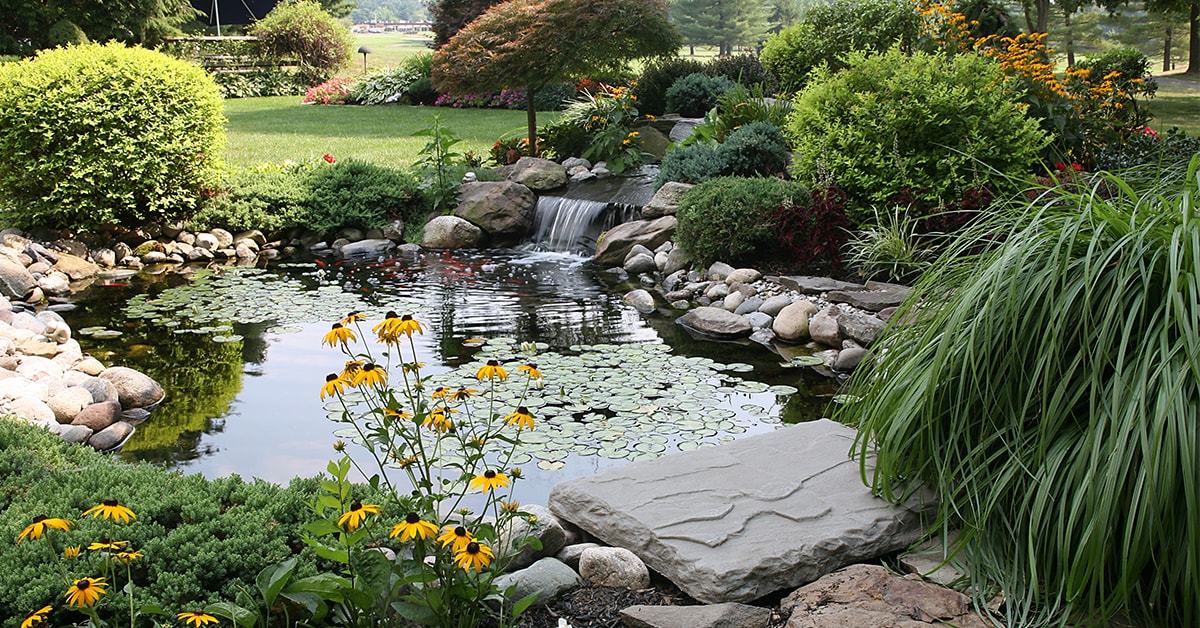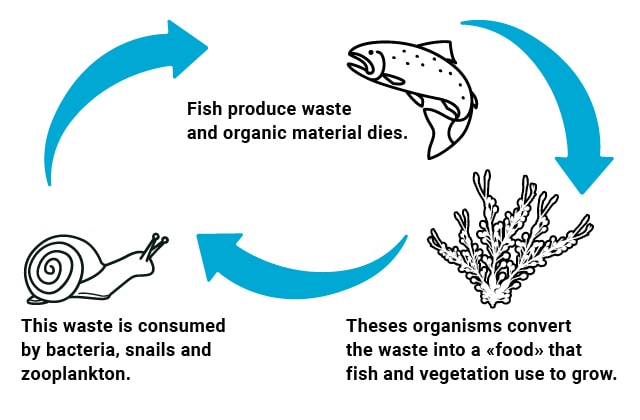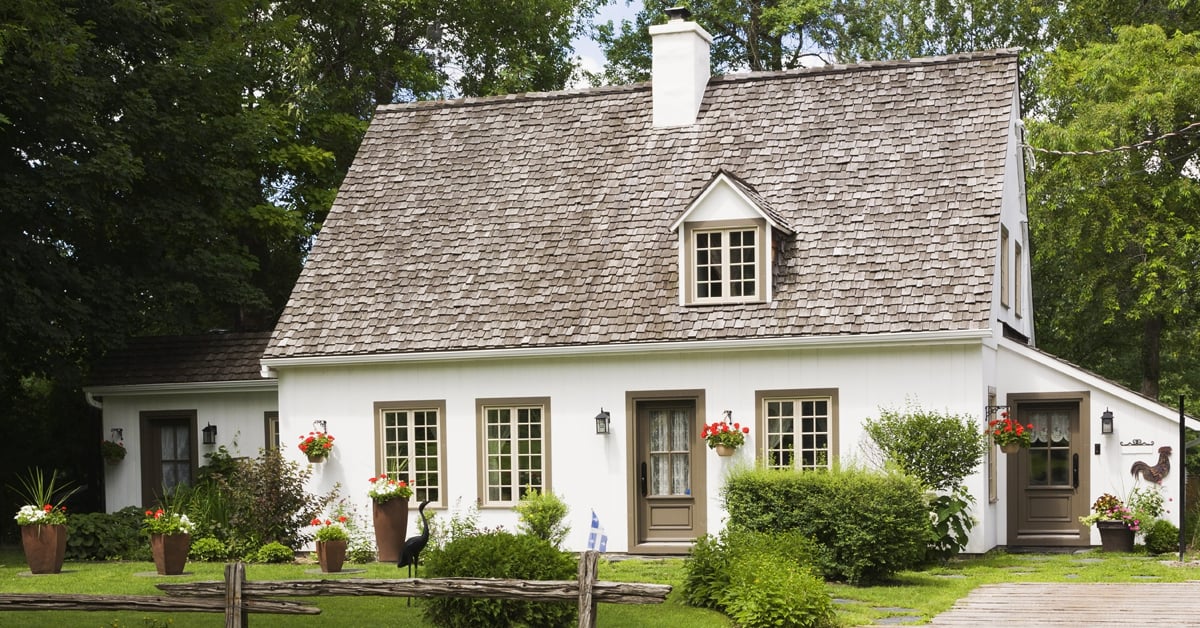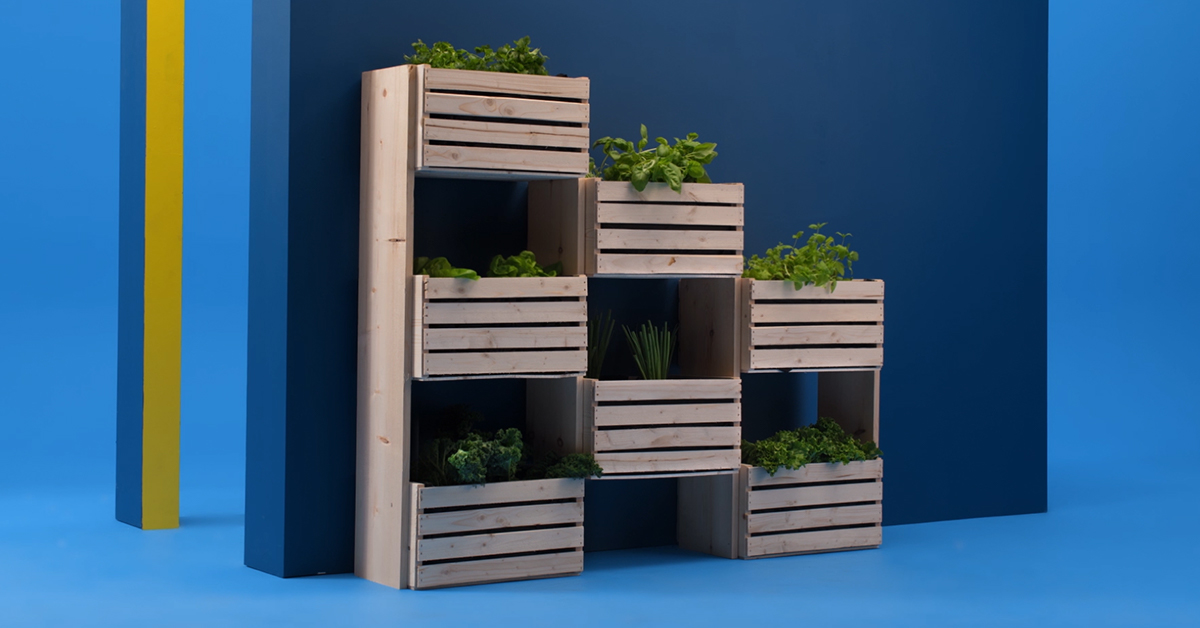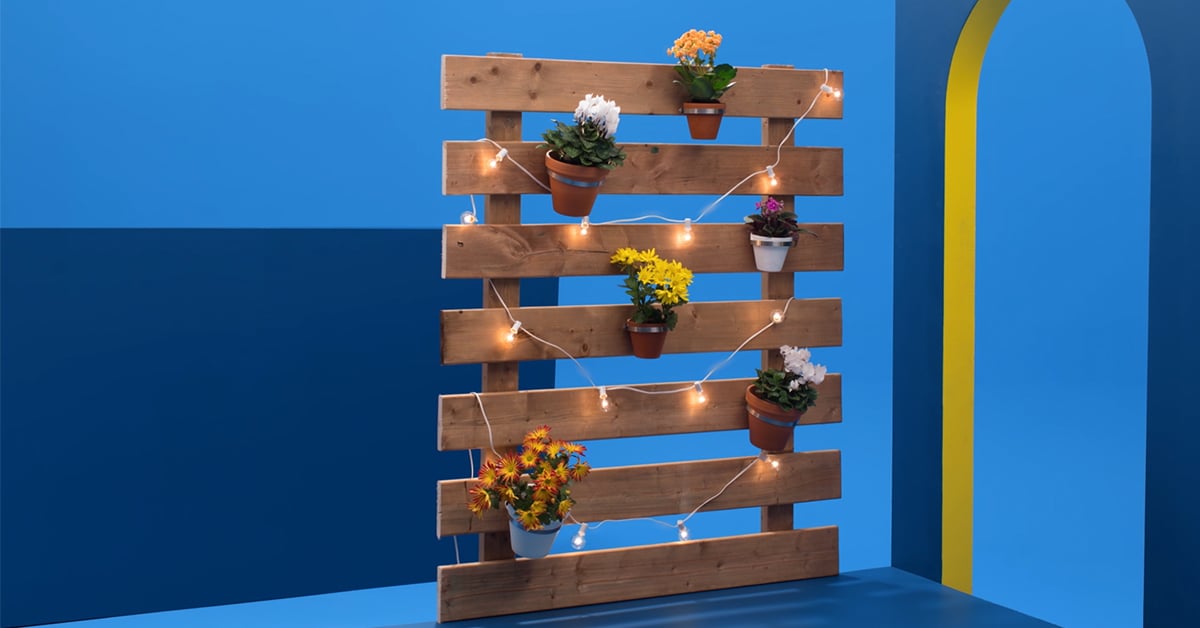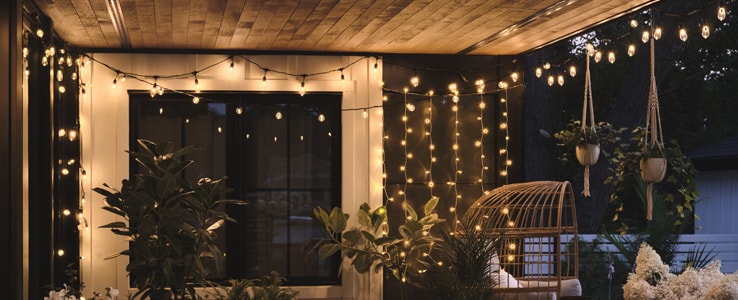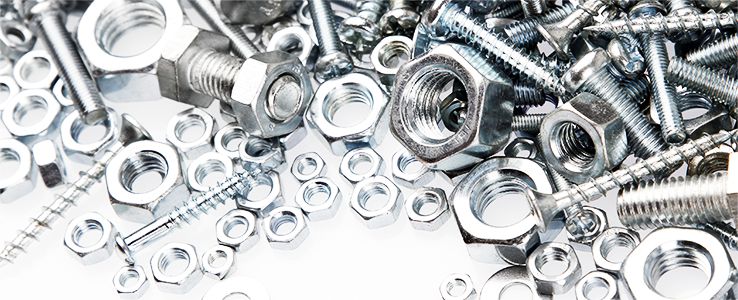Choosing your Garden Style
The overall design of your sanctuary will be a sum total of the different elements. Before you begin, consider which type of garden is more appealing to you.
The Two Main Types of Gardens
- Formal design is when the shapes are regular, paths are straight, and patio stones and garden walls are well defined. In this type of design, the water garden can be square, rectangular or circular in shape. Manicure surrounding lawns and hedges, and perhaps add a soft fountain to your water garden.
- Informal designs incorporate more free form and natural flowing elements. Paths are winding, plants are cascading, and brooks and waterfalls make an appearance. Opt for indigenous, hardier plants like ferns, sedges, eupatorium, rushes and blue flags. Let foliage remain relatively unkempt, growing together as borders between species become undefined.
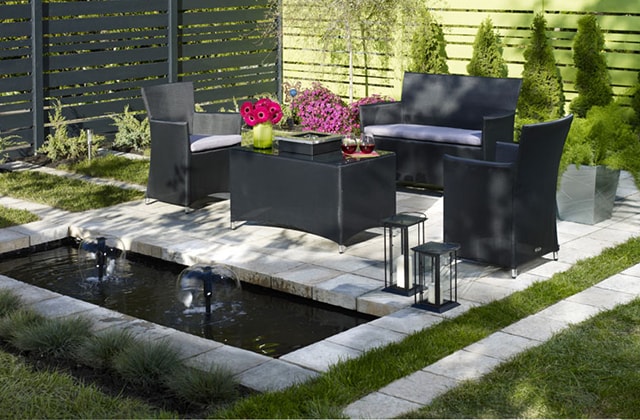 Formal Garden
Formal Garden
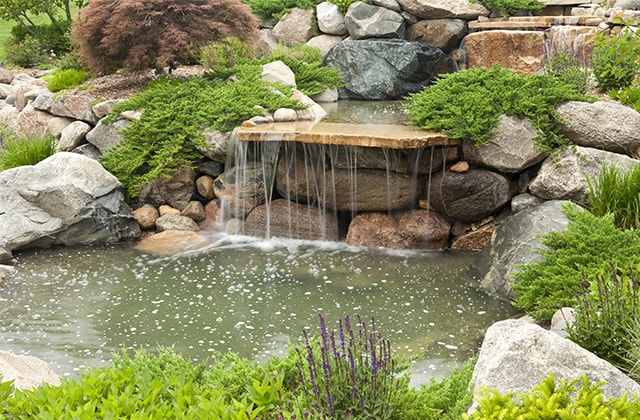 Informal Garden
Informal Garden









